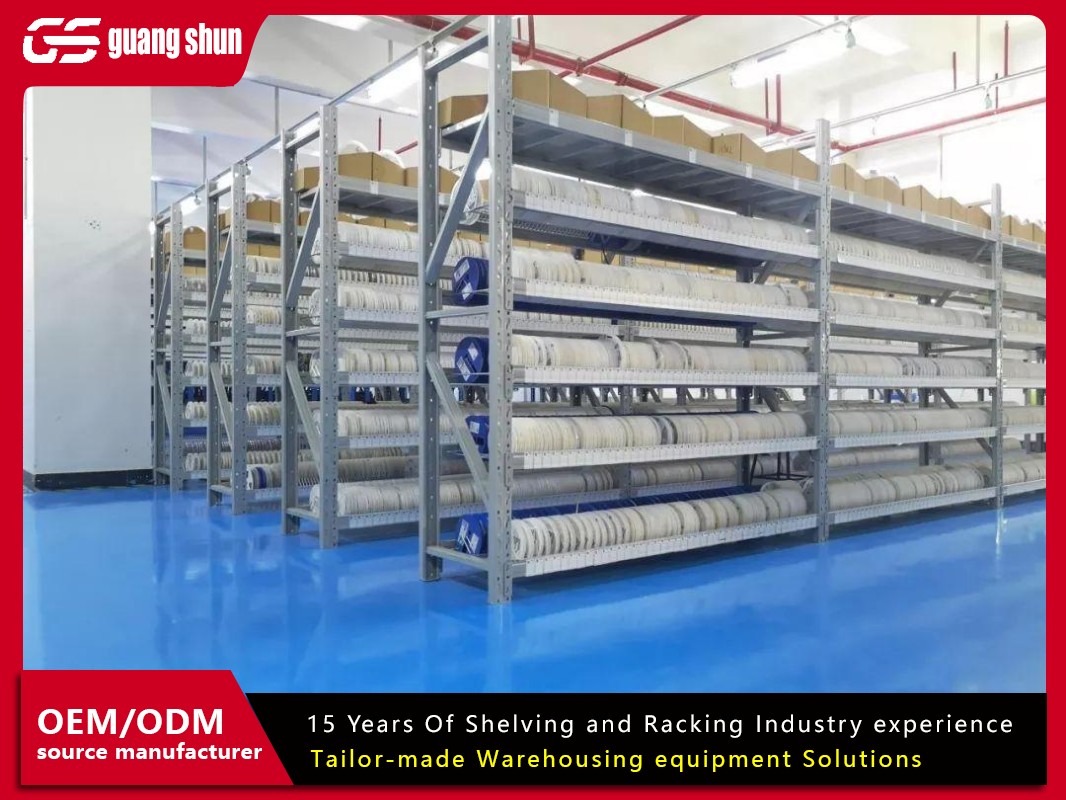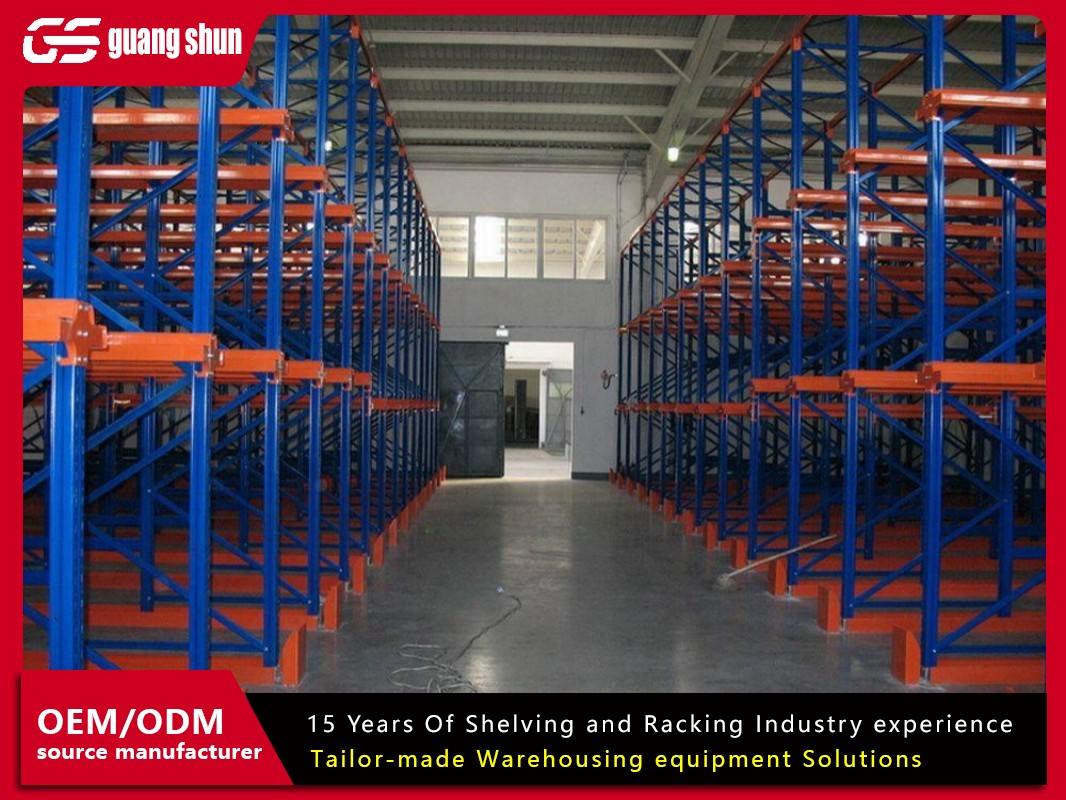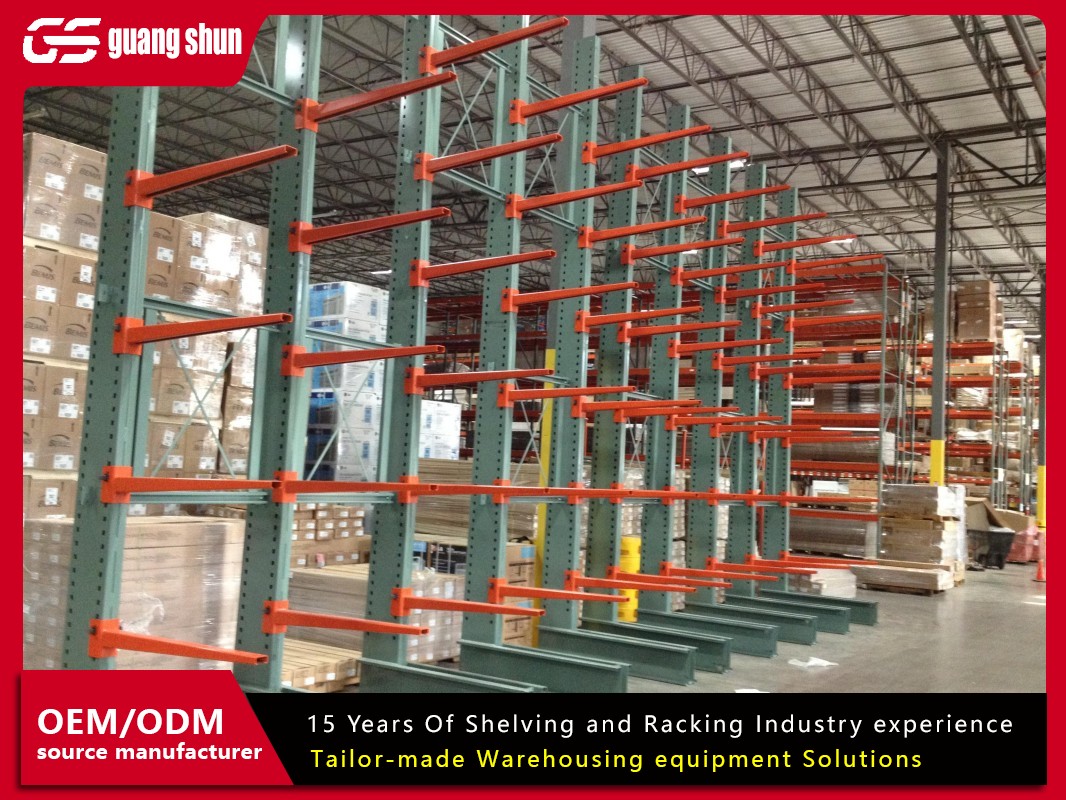In the world of logistics, manufacturing, and e-commerce, efficient storage is the backbone of a successful operation. At the heart of any organized storage system are ware house racks. These structural marvels are far more than simple metal frames; they are sophisticated systems designed to maximize space, improve inventory accessibility, and streamline operations. Whether you're running a small warehouse or a massive distribution center, understanding the intricacies of ware house racks is crucial for safety, efficiency, and profitability. This comprehensive guide will delve into ten essential aspects of ware house racks, exploring their various types, undeniable benefits, and the common problems that plague warehouse managers. By the end, you'll be equipped with the knowledge to optimize your storage solutions and avoid costly mistakes.
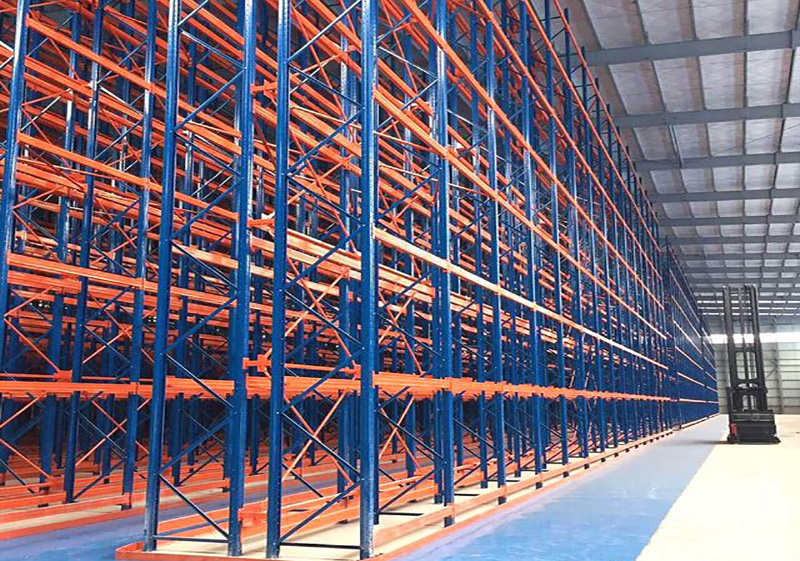
What Are Ware House Racks and Why Are They Indispensable?
Ware house racks, also known as pallet racking, are structured storage systems designed to store materials in horizontal rows with multiple levels. They are engineered to support heavy loads, typically stored on pallets, and are the primary method for storing goods in most modern warehouses. The fundamental purpose of ware house racks is to utilize the vertical cube of a warehouse, transforming empty air space into valuable storage real estate.
Without an effective system of ware house racks, warehouses would be chaotic, floor-bound operations with severely limited capacity. These systems allow for:
Vertical Storage: Making use of the full height of the facility.
Organization: Systematizing inventory for easier tracking and management.
Accessibility: Allowing direct access to any stored SKU (Stock Keeping Unit), which is vital for inventory rotation methods like FIFO (First-In, First-Out) or LIFO (Last-In, First-Out).
Efficiency: Enabling faster picking, packing, and shipping processes through logical layout design.
In essence, ware house racks are the silent workhorses that make large-scale inventory management possible, directly impacting a company's bottom line.
The Different Types of Ware House Racks for Every Need
Not all storage needs are the same, and thankfully, neither are ware house racks. Choosing the right type is critical for optimizing your specific operation. Here are the most common types of ware house racks:
Selective Pallet Racking: This is the most common and versatile type of system. It allows direct access to every pallet, making it ideal for warehouses with a high variety of SKUs. While it offers excellent accessibility, it has a lower storage density compared to other systems.
Drive-In/Drive-Thru Racking: Designed for high-density storage of homogeneous products. In drive-in systems, forklifts drive directly into the rack structure to place and retrieve pallets from the front and rear. Drive-thru racks allow access from both ends, facilitating FIFO inventory management. These ware house racks sacrifice some accessibility for massive gains in storage density.
Push Back Racking: A high-density system that uses nested carts on inclined rails. Pallets are loaded from the front, pushing the previous load back. When retrieving a load, the subsequent pallets slide forward by gravity. This system is excellent for LIFO inventory and offers better selectivity than drive-in racks.
Pallet Flow Racking: A dynamic, high-density system that uses gravity rollers. Pallets are loaded from the high end and flow smoothly to the picking face at the low end. This is the ideal solution for FIFO inventory, perfect for perishable goods or products with expiration dates.
Cantilever Racking: Specifically designed for long, bulky, or irregularly shaped items like lumber, pipes, or furniture. Instead of vertical frames, these ware house racks use a single column with arms that extend out to support the load.
Mezzanine Flooring: While not a racking type per se, mezzanines are often integrated with racking systems to create a second or third level within a warehouse, dramatically increasing usable floor space.
Key Benefits of Implementing the Right Ware House Racks
Investing in a well-planned racking system yields significant returns. The benefits of optimized ware house racks extend far beyond simple storage.
Maximized Storage Space and Density: The most obvious benefit. By going vertical, you can often double or triple your storage capacity without expanding your building's footprint. High-density systems like push-back or drive-in take this even further.
Enhanced Inventory Management and Organization: A structured system allows for logical organization by product type, turnover rate, or SKU. This leads to more accurate inventory counts, reduced picking errors, and faster cycle times.
Improved Safety for Personnel and Inventory: Properly installed and maintained ware house racks secure heavy loads safely overhead, preventing collapse and damage. They also create clear aisles and organized spaces, reducing the risk of forklift accidents and product damage.
Increased Operational Efficiency and Productivity: Easy access to inventory means workers spend less time searching for products and more time on value-added tasks. Efficient picking paths can be designed around the rack layout, drastically reducing labor costs.
Scalability and Flexibility: Most modern ware house racks are designed to be reconfigured and expanded as your business grows and changes. This adaptability protects your investment for the long term.
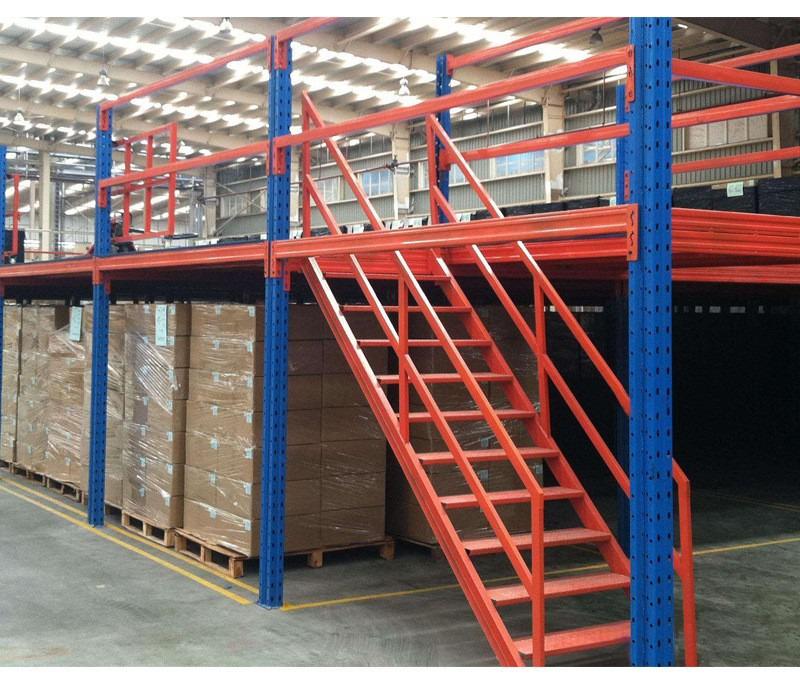
How to Choose the Perfect Ware House Racks for Your Operation
Selecting the right system is a complex decision that should not be taken lightly. Here are the key factors to consider:
Inventory Analysis: What are you storing? Consider the dimensions, weight, and type of your products (e.g., perishable, non-perishable). Also, analyze your SKU count and turnover rates (fast vs. slow-moving items).
Warehouse Characteristics: Measure your available space precisely, including ceiling height, floor conditions, and column placements. The physical constraints of your building will dictate what systems are feasible.
Equipment Compatibility: Your ware house racks must be compatible with your existing material handling equipment (e.g., forklifts, order pickers). Ensure aisle widths are sufficient for your machinery to maneuver safely.
Inventory Management Method: Decide whether you need FIFO (First-In, First-Out) or LIFO (Last-In, First-Out) compatibility. This single factor will narrow your choices significantly (e.g., flow racks for FIFO, push-back for LIFO).
Budget and ROI: Consider both the initial investment and the long-term return. A higher-density system may have a greater upfront cost but will save money in the long run by delaying the need for a larger facility.
It is highly recommended to consult with a professional storage solutions provider or engineer. They can perform a detailed analysis and recommend a system that perfectly balances density, accessibility, and cost for your specific needs.
Common Problems and Pitfalls with Ware House Racks
Even the best systems can encounter issues. Being aware of these common problems is the first step toward preventing them.
Overloading and Incorrect Loading: This is the most frequent and dangerous mistake. Every rack component has a specific load capacity. Exceeding this capacity, or placing loads incorrectly on beams, can lead to catastrophic structural failure and collapse.
Improper Installation and Lack of Professional Inspection: Ware house racks must be installed correctly according to the manufacturer's specifications and local safety codes. DIY installations or using unqualified personnel can result in unstable structures. Regular professional inspections are non-negotiable for identifying hidden damage or wear.
Forklift Damage and Structural Integrity: Collisions from forklifts are a leading cause of rack damage. Even a small dent in a critical upright frame can reduce its load-bearing capacity by up to 50% or more. Immediate inspection and repair of damaged components are essential.
Lack of Safety Protocols and Worker Training: Workers must be trained on how to safely load and unload pallets, how to operate equipment around the racks, and how to identify signs of damage or instability. Clear safety protocols must be established and enforced.
Poor Planning and Layout Design: Inefficient aisle widths, poorly planned picking paths, and a layout that doesn't match your inventory flow can create bottlenecks, reduce productivity, and increase the risk of accidents. The layout of your ware house racks should be a deliberate design, not an afterthought.
Ignoring Building Codes and Standards: Ware house racks must comply with standards set by organizations like OSHA (Occupational Safety and Health Administration) and RMI (Rack Manufacturers Institute). Non-compliance can result in hefty fines and invalidate insurance in the event of an accident.
Essential Maintenance and Safety Tips for Your Racking System
Proactive maintenance is the key to a long-lasting and safe racking system.
Implement a Regular Inspection Schedule: Conduct frequent visual inspections (e.g., weekly or monthly) by trained warehouse staff and annual inspections by a qualified rack safety professional.
Train Your Team: Ensure all employees understand the importance of rack safety. Train them to spot damage (e.g., bent beams, dented uprights, loose connectors) and report it immediately.
Install Rack Protectors: Use column guards, rack guards, and post protectors to minimize the impact of forklift collisions.
Never Tolerate Overloading: Clearly label the load capacities for every rack level and enforce these limits strictly.
Address Damage Immediately: Have a protocol for immediately tagging and offloading a damaged bay until a professional can assess and repair it. Keep a stock of critical replacement parts on hand to minimize downtime.
Ware house racks are a fundamental component of modern industrial and logistical operations. From the versatile selective rack to the high-density drive-in system, understanding the different types, their benefits, and their associated challenges is critical for any warehouse manager. A well-chosen and well-maintained racking system is not an expense but a strategic investment that pays dividends in safety, efficiency, and scalability. By carefully selecting your system, adhering to strict safety protocols, and committing to a rigorous maintenance schedule, you can ensure your ware house racks remain a robust and reliable asset for years to come. Avoid the common pitfalls, respect the load limits, and never stop optimizing—your warehouse's productivity depends on it.



